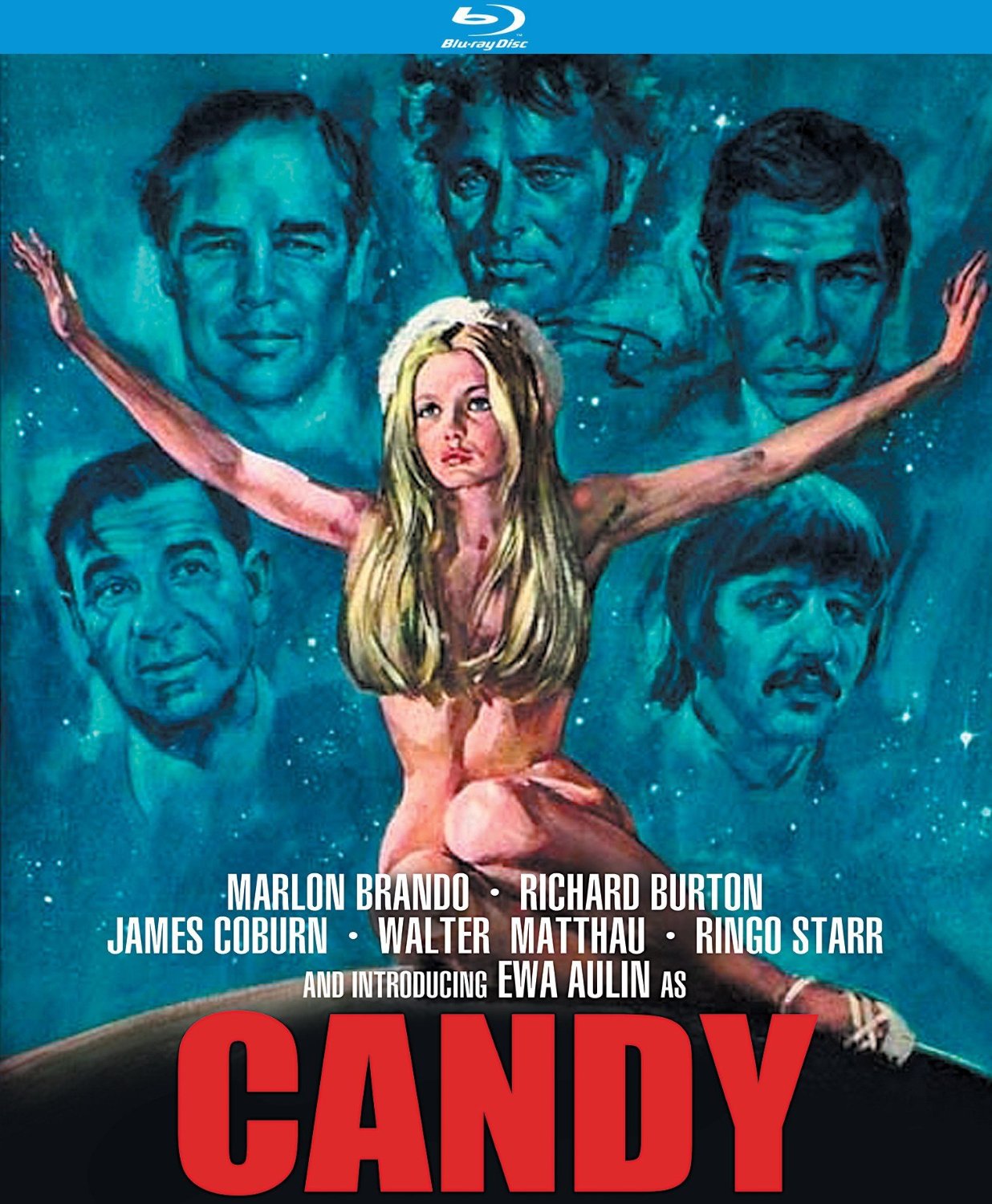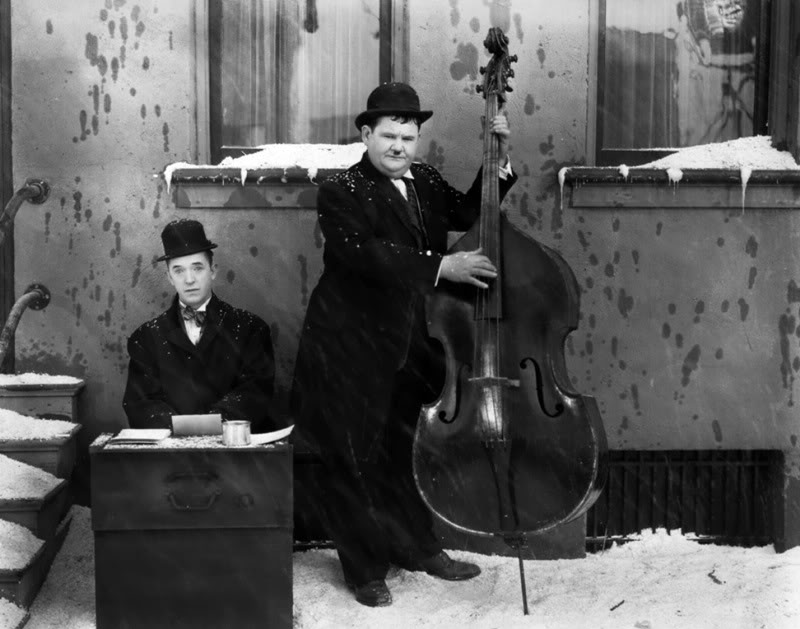THE BOOB / WHY BE GOOD?
Warner Archive Collection Silent Classics Double Feature
Why Be Good? (1929) 81 min. / B&W / 1.33:1
Pairing these two films from the late silent period may seem like an odd coupling; The Boob is a slapstick, unsophisticated comedy from MGM whose big drawing card these days is young Joan Crawford, a minor player in it, while Why Be Good? is a First National A film that just reeks of sophistication and has some of the studio’s major stars of the day in the key roles. Perhaps it’s these opposites that makes this such an attractive package. We had a rollicking good time with both of them, especially watching them as a Silent Night Double Feature.
The Boob
A city slicker sweeps a young country girl off her backyard swing, much to the chagrin of the, well, “boob” next door, her childhood sweetheart. Convinced that the oily city man must be either a detective or a bootlegger (nobody else dresses quite so pompously), the yokel dons his best cowboy hero guise (she asks him where he got the Tom Mix getup) and rides off in hot pursuit of the new couple, who are indeed off to a speakeasy, none of them knowing that ace treasury man, er, woman Joan Crawford is also on their trail. The boob’s friends, a drunken prospector and a kid with a dog, tag along to see what fun they can have.
Directed by William Wellman, a World War I veteran and scarcely 30 years old, who would go on to direct the first Best Picture winner, Wings, only a year after The Boob. Our heroine is Gertrude Olmstead, a steady worker in the silent days (including films with Lon Chaney and Al Jolson) who didn’t survive the transaction to sound; our yokel is George K. Arthur, a Scottish comic who was teamed by MGM after this film with Karl Dane for a fairly successful run as a comedy duo, but they didn’t work much after sound arrived, either. Arthur looks like a cross between Pee-wee Herman and Martin Short, which is good for laughs all by itself. Joan Crawford was making her 12th film for MGM in only a year, for 12 different directors no less. Also of note is cinematographer William Daniels, one of the best in the business, who’d go on to an Oscar for shooting The Naked City in 1948.
Miss Crawford is almost unrecognizable as the undercover treasury agent; she has a couple of key scenes, notably at the end when she steps in to make the title character the hero of the hour, but she would soon be much better used in splashier Metro productions.
If you’re in the mood for silliness and belly laughs a-plenty, The Boob is going to be a delightful surprise. It features a DTS-MA HD 2.0 stereo piano score by Arthur Barrow.
Why Be Good?
A perky young department store clerk meets a city slicker who’s twice as slicky and four times as icky as the one in our first movie, but thankfully he soon drinks himself into oblivion, leaving her to be wooed by a handsome young suitor who, unknown to her, is the son of the millionaire head of the department store for which she works. Papa is overly protective of Junior, and plants the idea in his head that while there’s nothing wrong with dating a girl of the working class, can he really be sure she’s not a strumpet? He convinces Junior to put her to the test. Will our perky young department store clerk maintain her virtue? In a day and age in which men want one thing but then criticize a woman for giving it to them, why be good?
William A. Seiter directed; he had a nice comic touch, and would go on to work with Laurel & Hardy, Shirley Temple, and the Marx Brothers. Neil Hamilton, forever remembered as Commissioner Gordon on the Batman TV series in the 1960s, actually was a popular and charming heartthrob in the late silent, early talkie period, and is quite dashing here. Handsome Broadway star Henry Martindel was making one of his occasional film appearances as dear ol' Dad.
And that brings us to the best thing in either film: Miss Colleen Moore, as our perky star, Pert Kelly. We haven’t been much familiar with her work, knowing her mainly from her final film, the 1934 version of The Scarlet Letter, but she was a major star of the silent screen and it’s easy to see why: she has looks, charm, sex appeal yet innocence, and she’s a wonderful comic actress. She lights up the screen whenever she’s around, which thankfully is most of the time. She’s brilliant in it, including serious scenes at home with her parents and the climax of the film, when she gives Hamilton not what he asks for, but what he has coming.
Also impressive: while the film itself was lost for more than 60 years until a copy showed up in Italy, the original Vitaphone soundtrack from 1929 was preserved, so the film is presented with a DTS-MA HD 2.0 mono original synchronized score, with music and sound effects (but no dialogue). It's delightful, with a lot of mirthful comic use of sound and a couple of well-placed musical numbers. Greatly adds to the enjoyment of the picture.
The Wrap Up
Not having been a regular filmgoer 100 years ago, we can’t be certain how audiences reacted, but we DO have a vivid imagination, and we picture The Boob a hit in small town neighborhood theatres filled with hardworking men and their families enjoying some yuks and guffaws on a night out. Why Be Good? was a swell movie if you want to see swells, appealing to both big-city sophisticates and middle-class women who enjoyed the latest Hollywood sparkly fashions, men in tuxes, and big, big automobiles. Paired on the new Blu-ray from Warner Archive, the films – and The Boob looks sensational, Why Be Good? not quite as good, but hey, it came from the only print existing – make a highly entertaining double-feature with a great deal of heart. And OH, that Colleen Moore!
"Now that I'm tea'd up - let's neck!"


